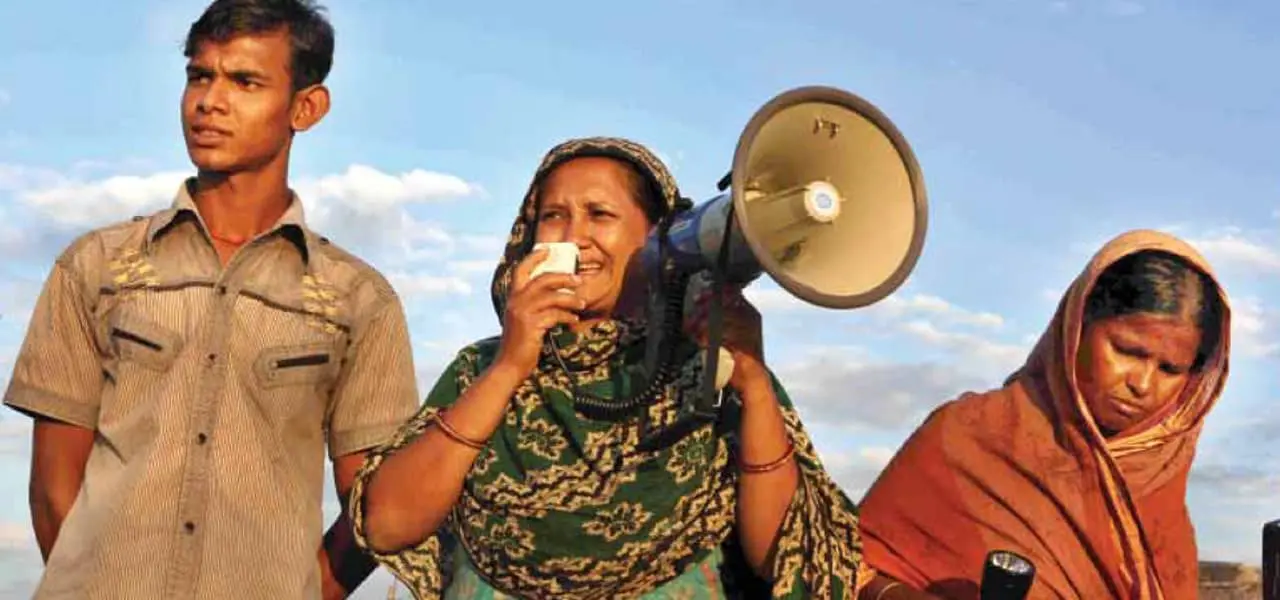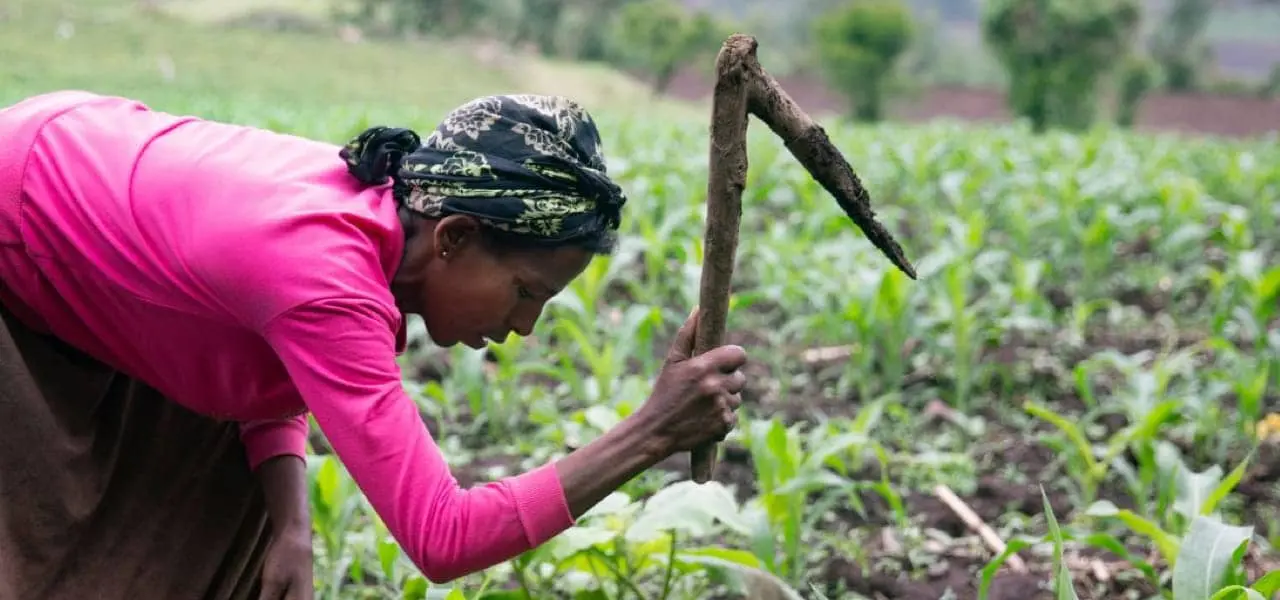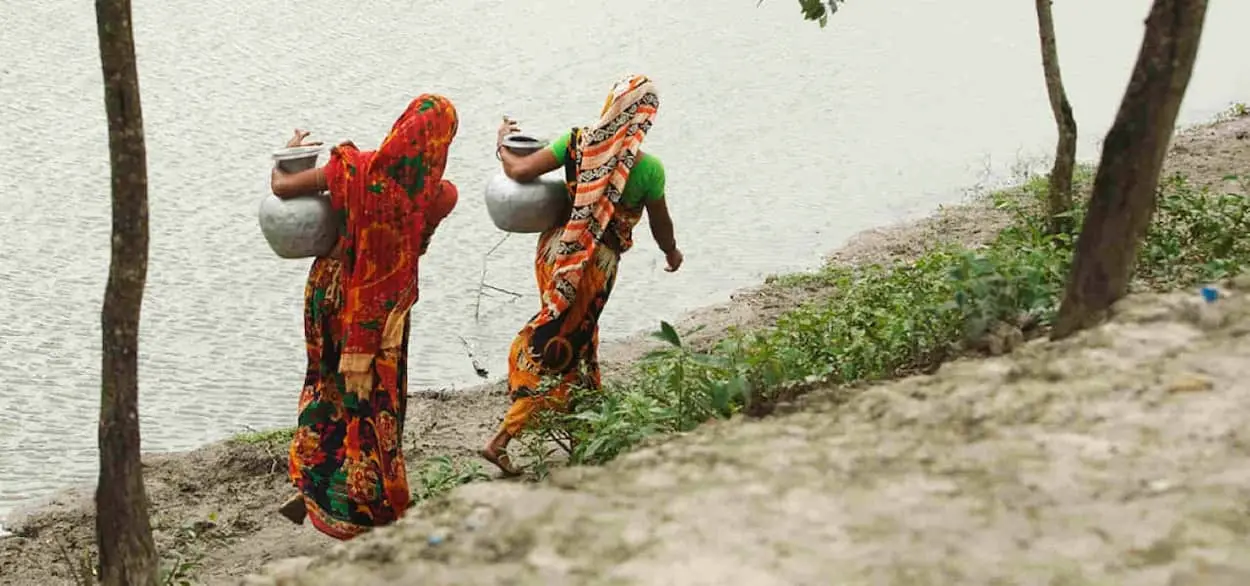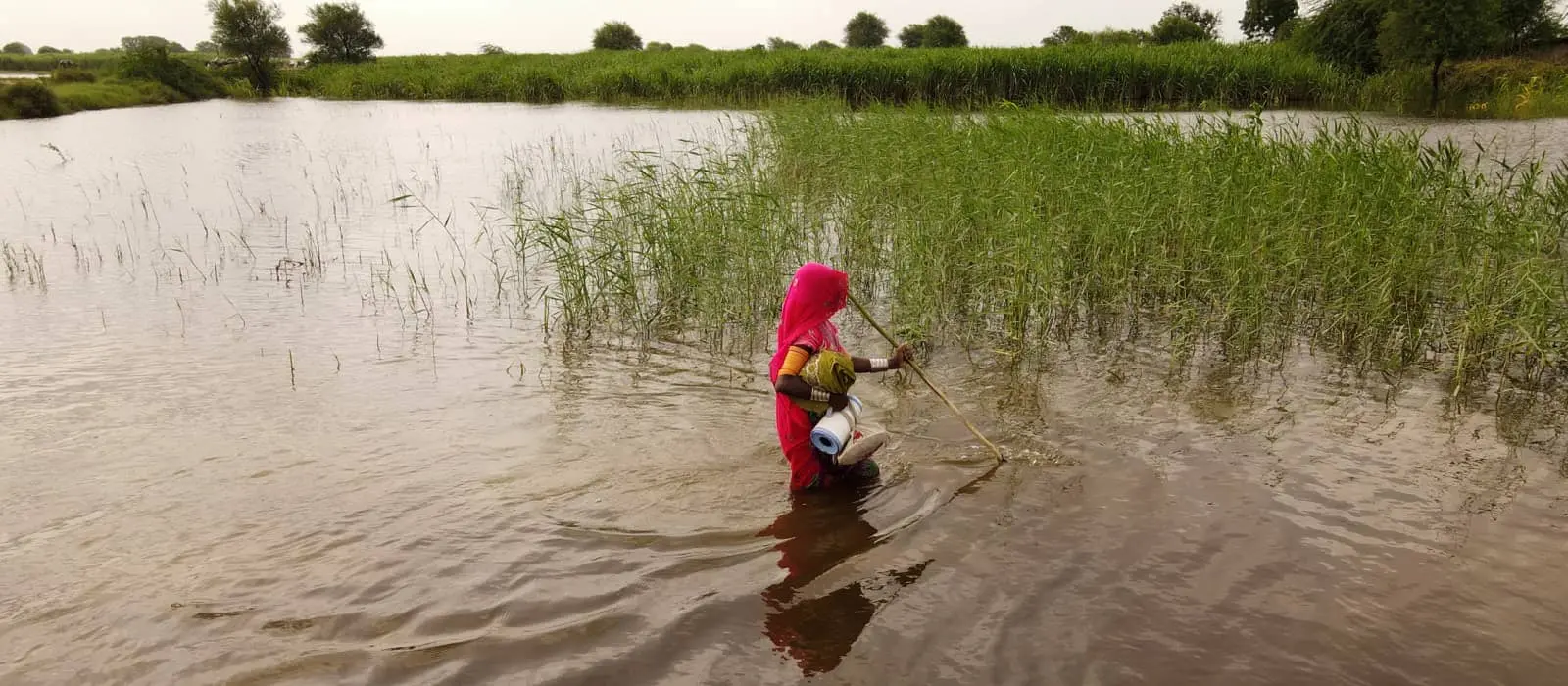One of the solutions to the climate crisis requires high-income countries to take responsibility for their carbon footprints and support low-income countries bearing the brunt of those footprints.
We’ve all seen the impacts of the climate crisis, but chances are if you’re reading this, you haven’t seen the worst of it. Here’s what you need to know about climate justice.
What is climate justice?
As the UN writes: “The impacts of climate change will not be borne equally or fairly, between rich and poor, women and men, and older and younger generations.” Climate change is not only an issue of environmental conservation, but also an issue of justice and human rights. While those most responsible for climate change are relatively insulated from its impacts, it is those who have contributed least that are likely to feel the effects most significantly.
Climate vulnerability depends not only on the impacts of climate change on a country or community but on their ability to deal with these impacts. Communities experiencing extreme poverty have the fewest resources and little capacity to adapt and therefore are the most vulnerable.
Climate justice is more than a concept. It’s a movement to recognize that the effects of climate change are not felt equally. Activists from many of the countries hit hardest by climate change (countries largely in the Global South) are calling for environmental inequities to be addressed, both to make up for the historical injustices of our current crisis and to create a safer and more equitable world for all of us.
Why is climate justice important?
“That is the greatest injustice of climate change: that those who bear the least responsibility for climate change are the ones who will suffer the most,” says Mary Robinson, former President of Ireland, UN High Commissioner for Human Rights, and currently a professor of climate justice at Trinity College Dublin.
Many of the countries hit hardest by the climate crisis are also low-income countries with populations that are largely agrarian. In the latest International Panel on Climate Change (IPCC), published earlier this year, authors linked this for the first time to colonialism. As industrial ages grew across North America and Europe, natural resources in countries across Africa, Asia, and the Caribbean were stripped. That many of these countries are now on the frontlines of the climate crisis may not, as the IPCC suggests, be a coincidence.
Beyond international climate justice, however, there are also important national and community-level considerations. Systemic and structural inequalities — including those based on ability, race, gender, ethnicity, and age — mean that many people in our own neighborhoods are more susceptible to the risks posed by climate change.
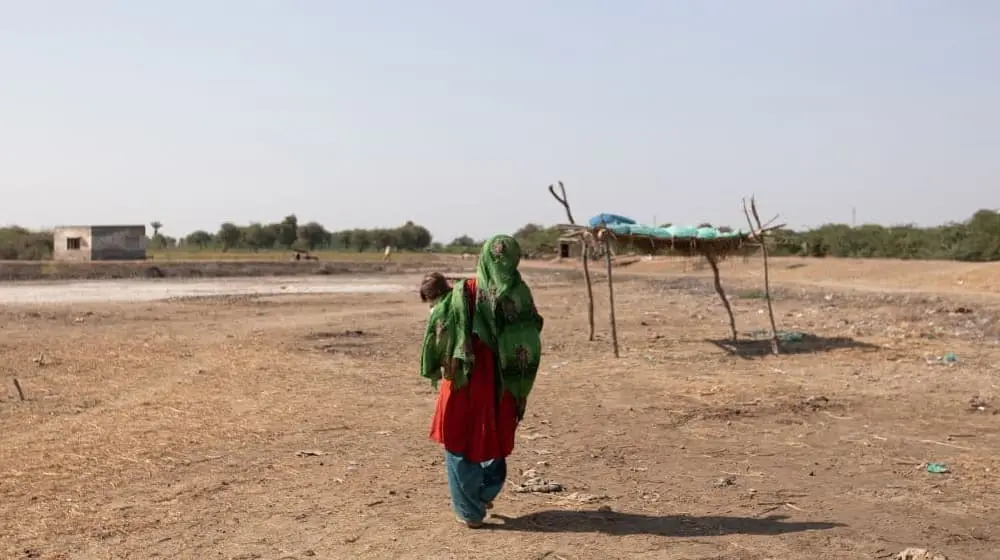
What are some of the principles of climate justice?
Various organizations working towards climate — and environmental justice define different principles. However, many of the key climate justice issues and tenets boil down to the following:
1. Most Affected People and Areas (MAPA) are often the least responsible for climate change
Various reports on who’s causing climate change, including one 2020 report co-published by Oxfam and the Stockholm Environment Institute, show that there is a gap between those who are most responsible for the climate crisis and those who are most burdened by it. According to the Oxfam/SEI study, between 1990 and 2015, the richest 1% of the global population caused twice as many carbon emissions as the poorest 50%. Critically, many people in that 50% group are part of MAPA, the most affected people and areas when it comes to global warming.
2. Human activities cause climate change, and we participate in many of those activities
Humans are responsible for climate change largely due to our greenhouse gas emissions. Greenhouse gasses trap heat from the sun as it passes through Earth’s atmosphere. There are some natural greenhouse gasses, such as water vapor and carbon dioxide (CO2). But over time, humans have added more to the atmosphere, creating a massive heat trap. Obviously, most of us don’t set out to add more CO2 to the atmosphere, or create a heat island in our hometown. But these big changes have roots in smaller, everyday events and individual behaviors and lifestyles.
3. There’s also an intergenerational inequity with the climate crisis
Climate change has accelerated, and younger generations will be shaped by our climate action — or inaction. The last 150 years of economic growth — and resulting growth in greenhouse gas emissions — are only beginning to reveal their consequences. It’s clear that younger generations will suffer these consequences more greatly than their parents and grandparents.
According to the World Bank, by the time Greta Thunberg and her generation are in their late 20s, climate change could force an additional 100 million people into extreme poverty. A report for the UNFCCC revealed that, even if all carbon dioxide emissions were stopped today, most of the current effects of climate change would persist for centuries.
4. Those on the frontlines of climate change are often unable ill-equipped to respond
Since the early 1990s, the number of extreme weather-related disasters has doubled according to the UN Framework Convention on Climate Change (UNFCCC). This has reduced the yields of major crops and contributed to food price hikes and income losses. In addition to climate change having a disproportionately large effect on the most vulnerable countries, these countries are also some of the least-equipped to deal with these impacts — including hurricanes, cyclones, and drought. In addition to disaster management, there is also a need to develop resilience against future events (which are likely to occur).
As Concern’s former senior policy officer Alexander Carnwath once put it, “Industrialized countries must give developing countries the financial and technological support they need to adapt to the effects of climate change.”

5. Recognize climate leaders from the Global South and honoring indigenous practices to address the climate crisis
As noted above, many of the countries hit hardest by climate change have had little responsibility for the state of the current climate crisis. Overwhelmingly, these countries are located in the Global South, however traditionally climate conversations have been led by activists from the Global North. While fighting climate change will require an international effort, we must also center voices from the countries and communities most affected by climate change. Our solutions to the crisis should also be led by those local communities and indigenous knowledge of the areas on the frontlines.
In order for the Global South to both develop resilience against climate change and sustainably grow local economies, they need support from — and, more importantly, to be able to trust in — the Global North.
6. Recognize gender equity in climate justice
A community’s ability to mitigate climate-related disasters is heavily reliant on its women. However, in these communities, women often have fewer rights or resources available to them. Women are often the last to eat if climate change threatens food security. They may be left alone to care for multiple children while their spouse goes to another area to find work or food.
“There is a need for women’s leadership on climate justice,” says Mary Robinson. While women are at the forefront of new agriculture practices, emergency response, and making decisions at home, they’re also left out of the conversations and decisions that will have the greatest impact on their future. Which means their perspectives and needs are ignored. In order to create climate justice, gender equality must also be brought into the conversation.
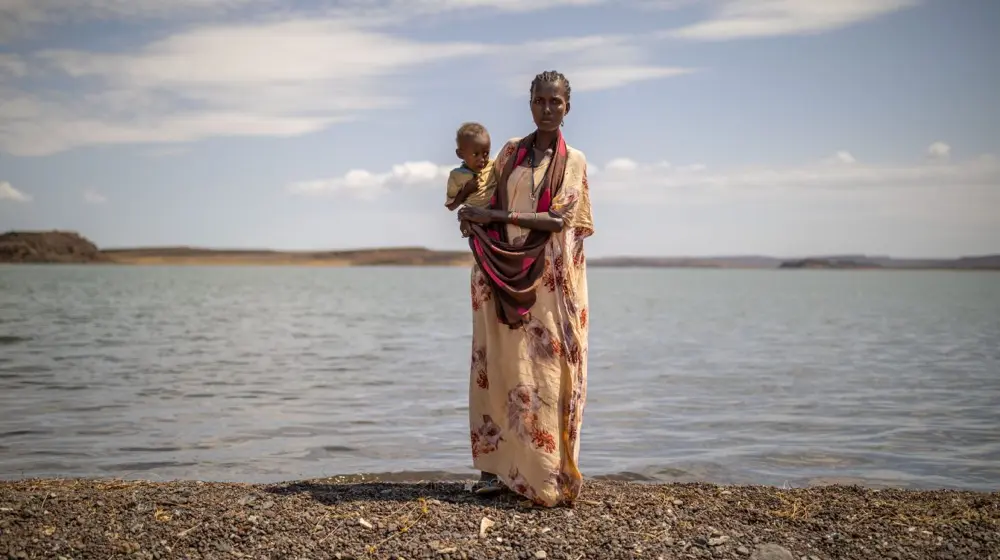
What's the difference between climate justice and environmental justice?
The EPA describes environmental justice as “the fair treatment and meaningful involvement of all people regardless of race, color, national origin, or income, with respect to the development, implementation, and enforcement of environmental laws, regulations, and policies.”
While climate justice aims for equity with regards to the impacts of climate change, environmental justice works towards equity in how communities and lawmakers respond to climate change. Environmental justice and climate justice are different concepts on paper, but, in practice, they go hand-in-hand.
How can we achieve climate justice?
First, we have to accept the facts: Climate change is here to stay and will accelerate. The threat of global warming is an existential one for humankind. It cannot be ignored and we need to act right now, with a sense of urgency. The deepening climate crisis and related environmental destruction is contributing to land degradation and food insecurity and accentuating environmental risks.
We also have to accept that climate change is driven by human lifestyles and consumption. While our individual recycling habits may not have a direct correlation to meeting the goal of the Paris Climate Agreement, we still have a shared responsibility in addressing the crisis as individuals. Some of the key actions of climate justice, especially from a policy standpoint, touch on the following areas:
Investment and financial actions
- Invest in vulnerable communities in the Global South to develop and carry out context-specific adaptation strategies
- Increase investments in disaster risk reduction and prevention
- Invest in resilience-building to prevent conflicts related to the use of natural resources in fragile contexts
- Increase financial support to the most vulnerable people and regions, with equal importance for climate adaptation and mitigation (in addition to official development assistance)
- Significantly increase investments in rural development, social protection, health services, and education
- Make rapidly-dispersible and flexible funding available when disasters occur
Community actions
- Facilitate community participation in climate-related decision making, integrating indigenous and traditional knowledge
- Support frontline and MAPA communities with access to additional research, new technologies, and agricultural and meteorological data
- Secure the land and water rights of indigenous peoples and rural communities
Global actions
- Reduce poverty and inequalities to build resilience to the impacts of climate change among the most vulnerable people
- Implement more ambitious measures to meet the commitments to Agenda 2030 and the Paris Climate Agreement
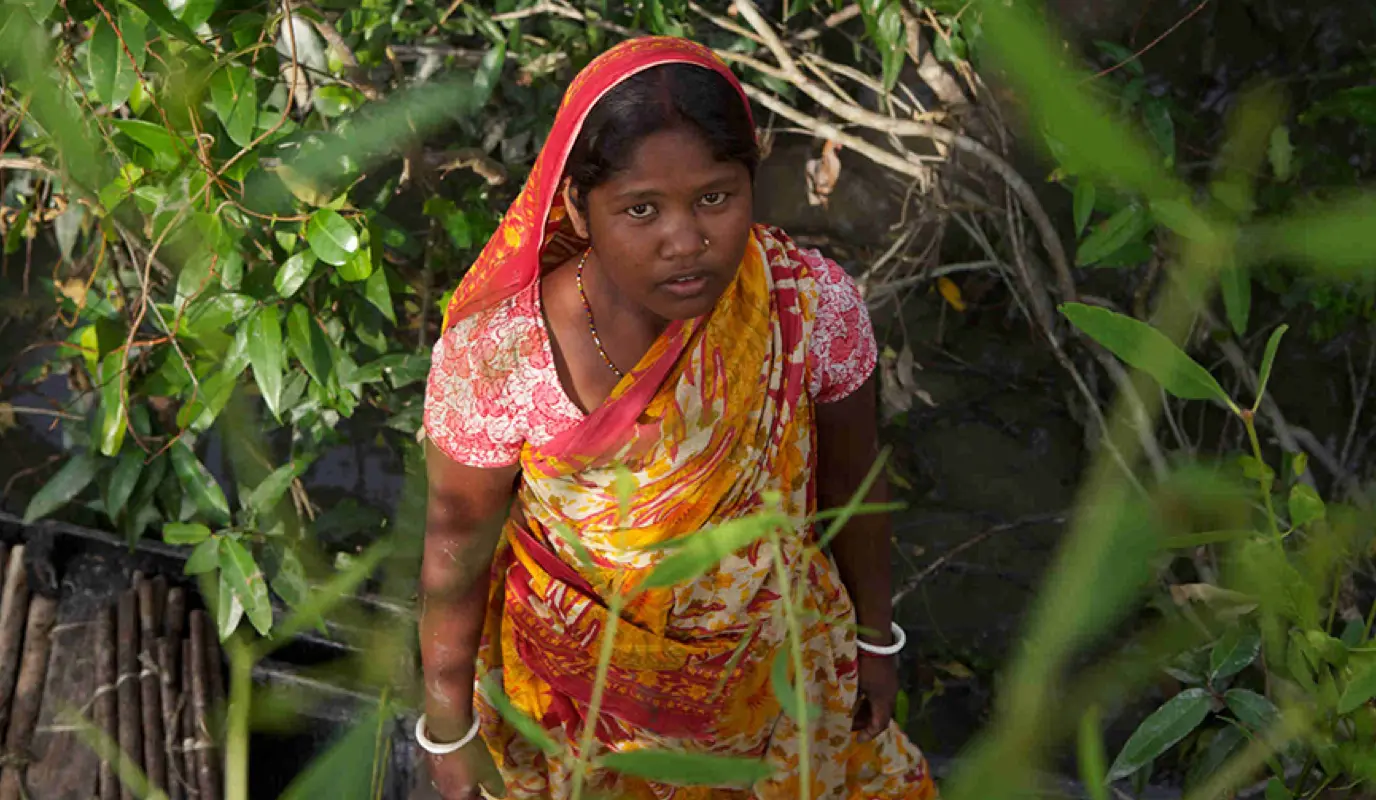
Climate justice: What Concern is doing
Concern’s climate change response is built on the understanding that climate vulnerability depends not only on the impacts of climate change on a community, but also that community’s resilience to climate emergencies.
From start to finish, our projects fully involve communities in the planning and execution process. We also make a point of finding the most vulnerable groups within communities — such as women and the disabled — to ensure that our programs leave no one behind. Our projects don’t focus solely on dramatic headline-grabbing events such as cyclones or droughts, but also on the everyday climate risks; smaller, less dramatic events which combine to keep people in poverty.


